Have you heard of the closed syllable exceptions? You might also know them as the spelling patterns ild, ind, old, olt, ost.
But let’s back up a little. A closed syllable ends with a consonant sound and typically has a short vowel. For example, the word “best” is a closed syllable and has a short e.
So why do the words “wild” and “most” have the long i and long o sounds in them? They’re closed syllables, too!
Because they’re exceptions to the “rule.” ?
In this blog post, I’m going to explain these spelling patterns. I’ll share when I teach the closed syllable exceptions, as well as how I teach them (activity ideas included!).
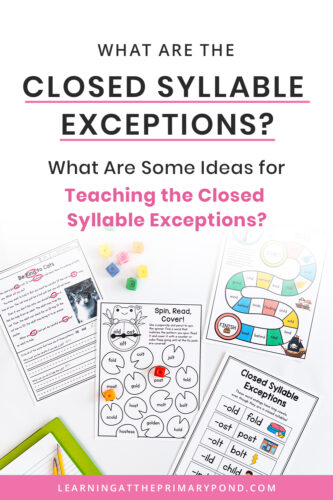
What Are The Closed Syllable Exceptions?
A closed syllable, as I shared, typically has a short vowel sound. However, words that contain the patterns: ild, ind, old, olt, ost usually have long vowel sounds.
These are chunks that students need to learn to recognize. A little memorization is required (but this is also why I teach students to “try a different sound” if one vowel sound doesn’t work).
Here are some example words:
ild: child, mild, wild
ind: bind, blind, find, hind, mind, rind, wind (note: “wind” can be pronounced with the short or long i, and each word has a different meaning)
old: bold, cold, fold, gold, hold, mold, told, sold
olt: bolt, colt, jolt, molt
ost: host, most (“lost” and “costs” are exceptions to the exception!)
When and How Do You Teach The Closed Syllable Exceptions?
I typically wait until 2nd grade to teach the closed syllable exceptions. I want my students to understand these concepts before I teach them:
- Sounds of the short and long vowels
- Digraphs, blends, and glued sounds
- What open and closed syllables are
- Different ways to spell long vowel sounds (optional; does not need to be completely mastered)
The “closed syllable” concept is particularly important for students to understand before you teach the closed syllable exceptions. If students don’t know what a closed syllable is (and that it typically has a short vowel sound), they won’t understand why these patterns are unique.
When I teach the closed syllable exceptions, I first introduce the exceptions with “o” (old, olt, ost). Students will typically recognize the word “old” – and this is a great starting point for discussing the sound of the vowel and why it’s long rather than short.
After a couple of days of working with old, olt, and ost, we move onto ild and ind.
A big part of the work is just getting kids to recognize the patterns in context. In the next section, I’ll share some activities for helping them do just that!
What Are Some Activities For Teaching the Closed Syllable Exceptions?
Have you ever used decodable texts? This is a way to allow your students to focus on one specific skill at a time when reading. I have Decodable Texts for 1st Grade on Closed Syllable Exceptions that might be helpful in your classroom!
In addition, here are a few fun activities for teaching the closed syllable exceptions! They come from my phonics program, From Sounds to Spelling, but they can be incorporated into any program.
- Blend to read words with closed syllable exceptions. You can also include words that have short i and short o to help students practice noticing when the long i or o is needed.
- Write words with closed syllable exceptions; make words with magnetic letters
- Circle, underline, or highlight words with closed syllable exceptions BEFORE or AFTER reading a decodable text (this is great for getting students to recognize closed syllable exceptions in context!)
I always love a “Read and Color Code” activity to get kids recognizing word patterns in context!
When students are learning words for spelling / phonics, it’s also important for them to understand what the words mean. Activities like this “Word Detective” sheet give kids practice with phonics and vocabulary:
For these closed syllable exceptions activities and many more phonics resources, check out my phonics program, From Sounds to Spelling. It includes complete lesson plans, activities and games, posters to help students remember spelling rules, high frequency word instruction, decodable texts, and more.
Happy teaching!
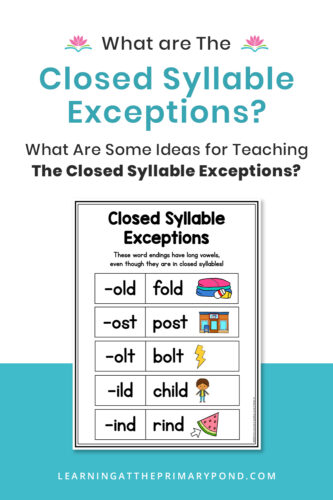


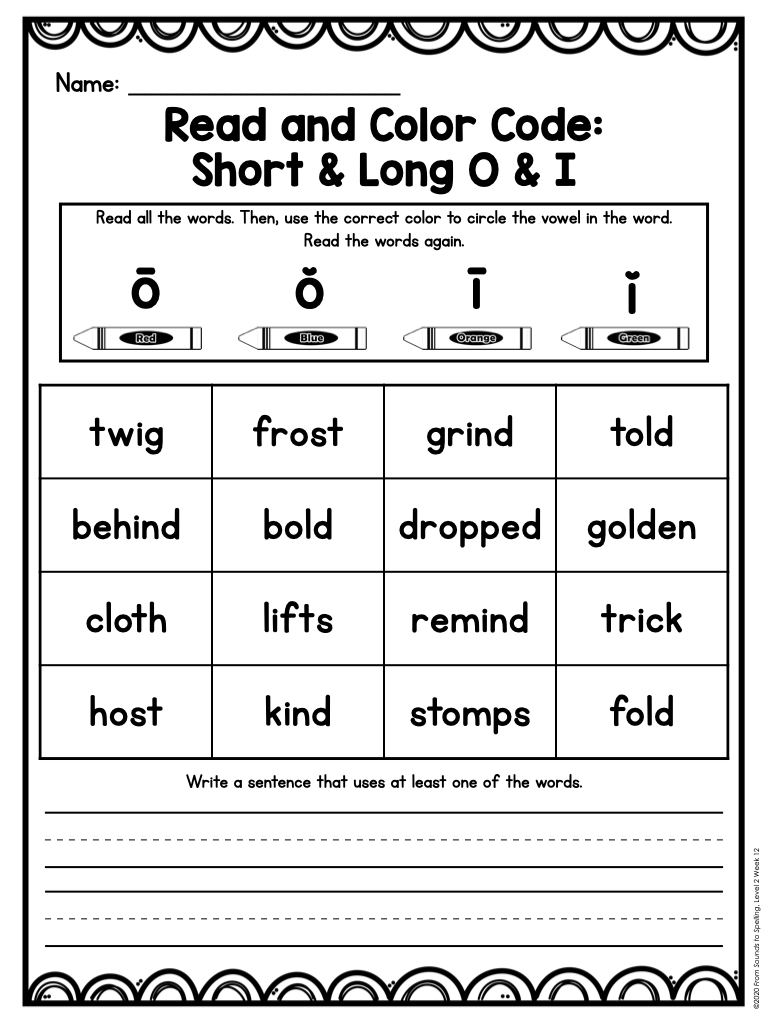
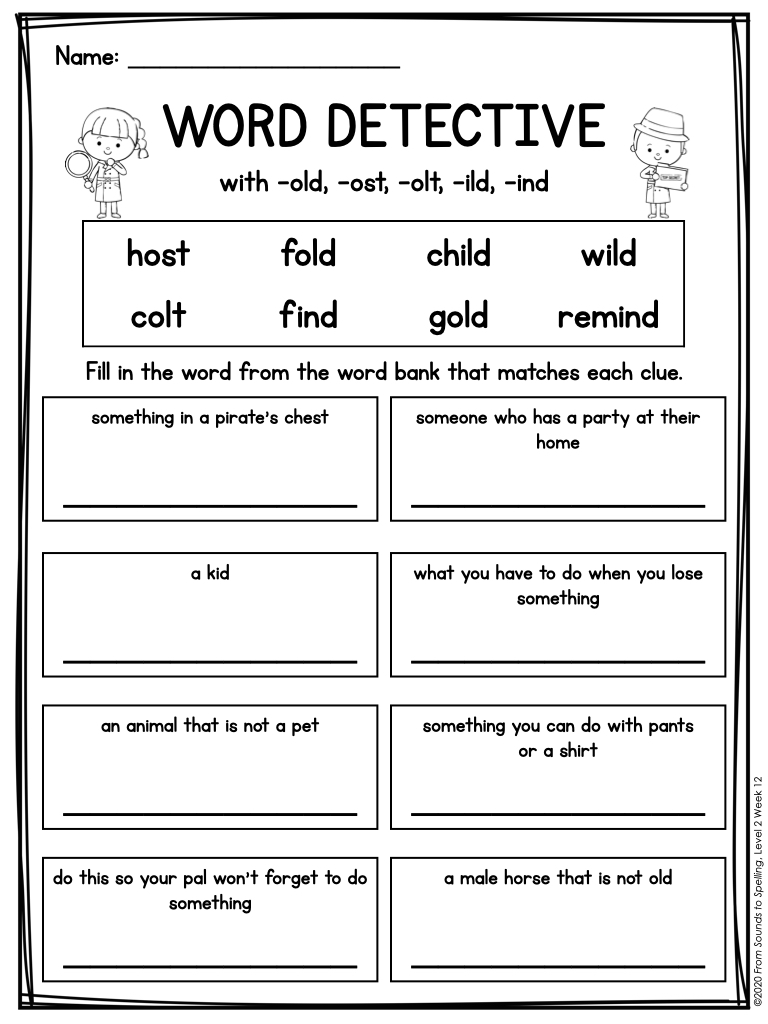

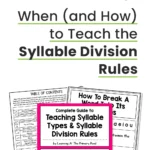
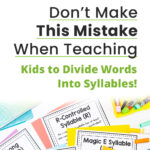
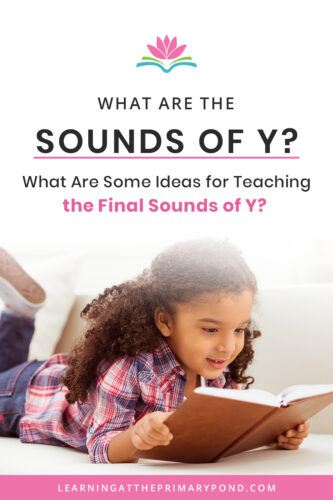
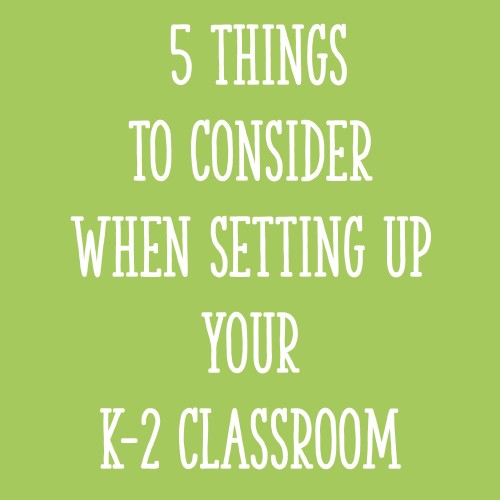
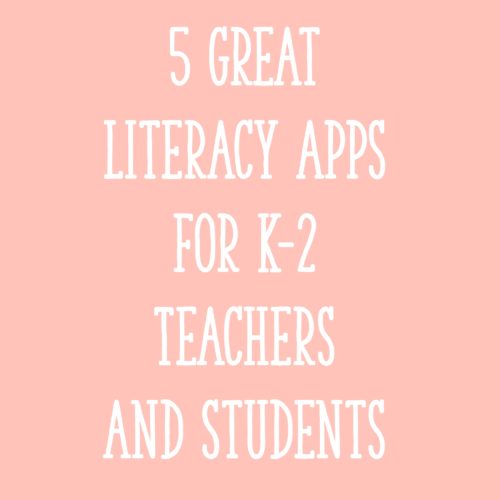






Thanks for the explanation! I was trying to help my 2nd grader with his homework and was clueless.
So glad you found it helpful!!
I just came across these in my first grade classroom. This is such a great resource to help with the explanation. I know it’s only first grade but it’s good to review this with them.
Yes, for sure!
Hi! This is very helpful!
What about -ing and -ang, I would think that those are “exceptions as well”. Thoughts?
Great question! I call those “glued sounds.” Read more about them here: https://learningattheprimarypond.com/blog/what-are-glued-sounds-what-are-some-ideas-for-teaching-glued-sounds/